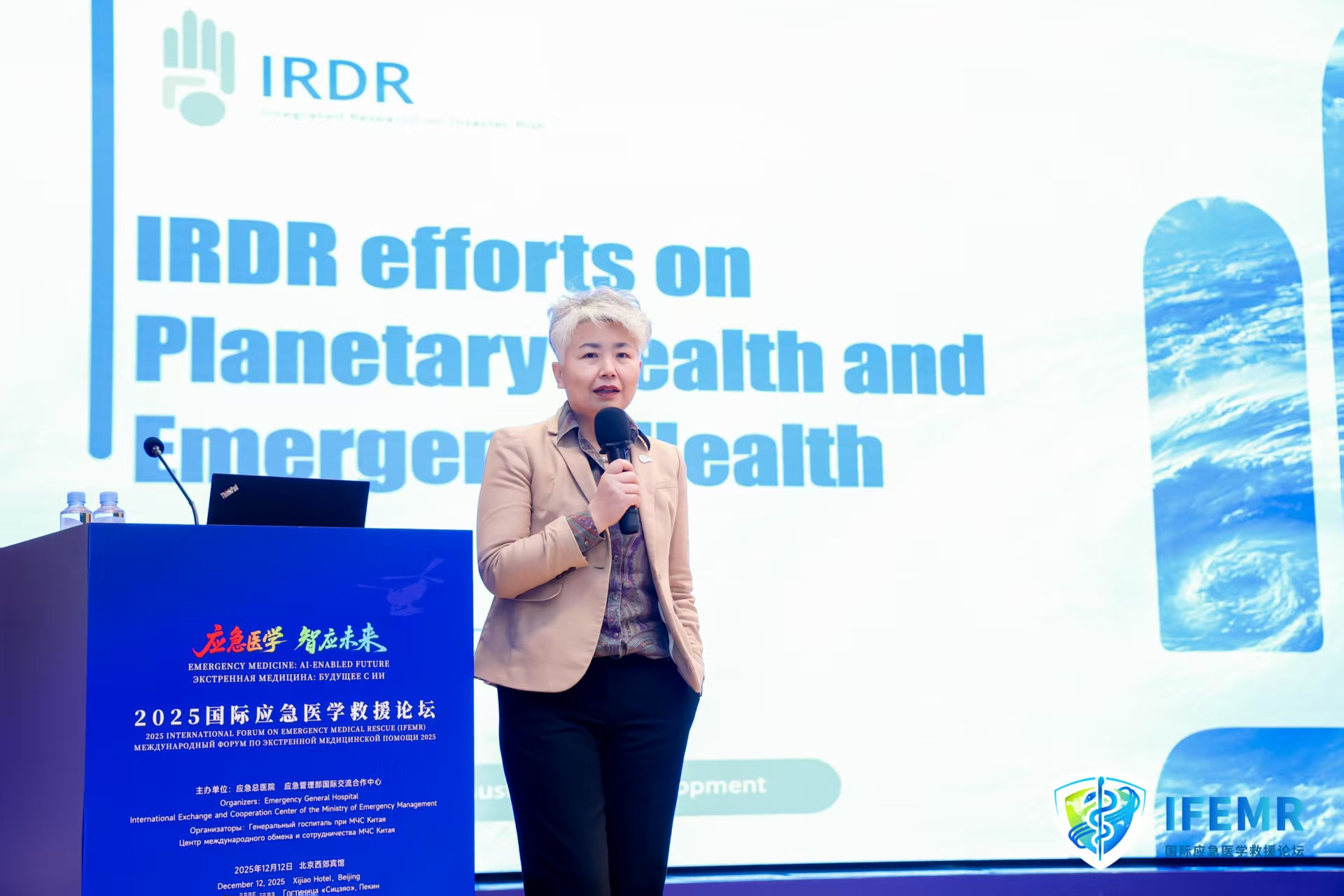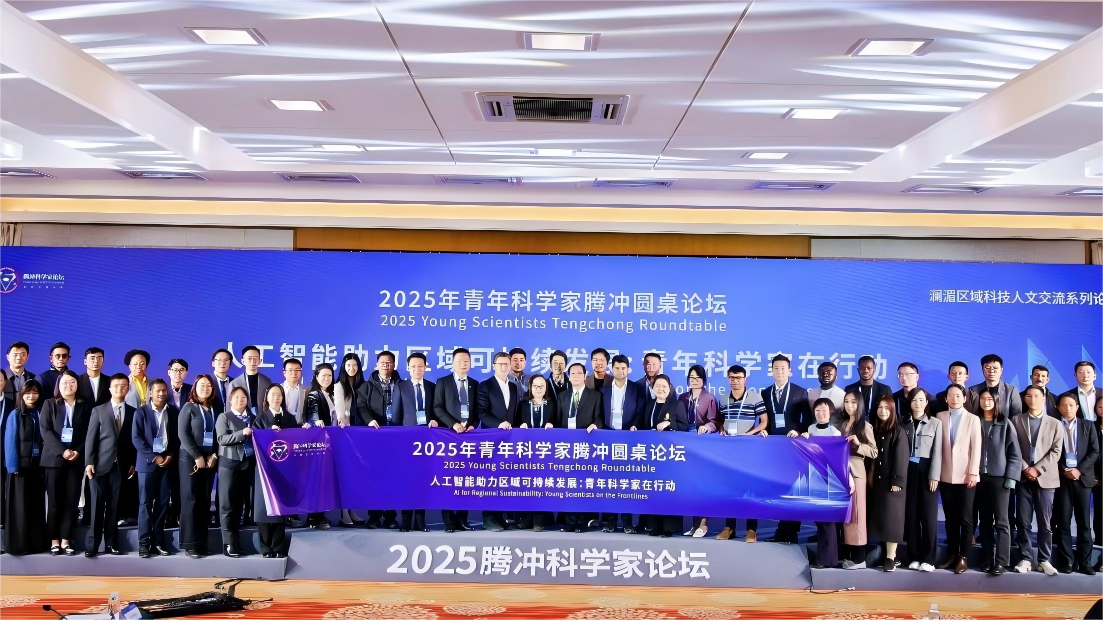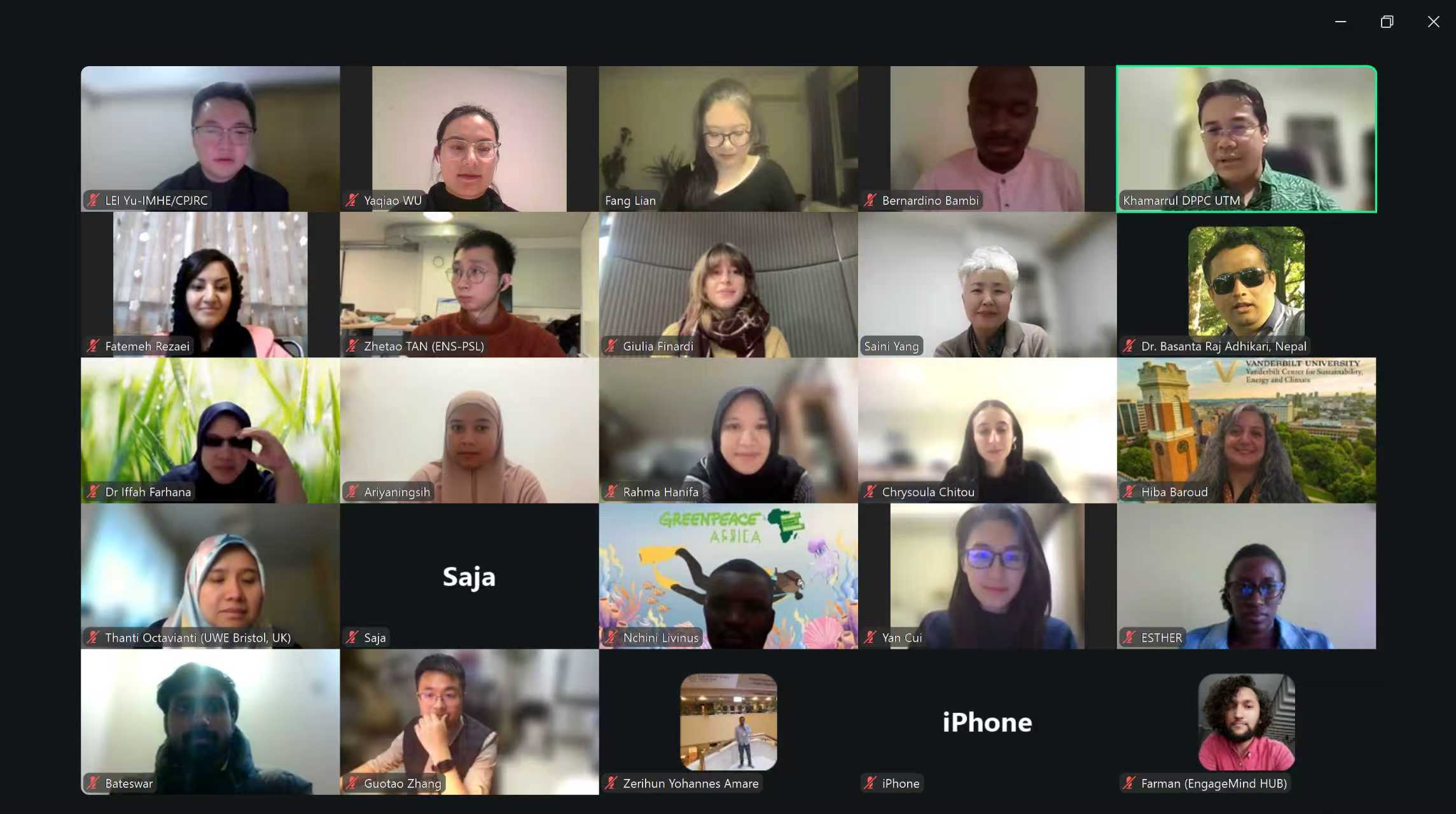Day two of the World Conference on Disaster Risk Reduction in Sendai, Japan featured a working session on how to apply science and technology to disaster risk reduction decision-making.
The session – which drew around 350 participants – was chaired by Carlos Nobre, Director, Centro Nacional de Monitoramento e Alertas de Desastres Naturais (CEMADEN) and moderated by Flavia Schlegel, Assistant Director-General for Natural Sciences, United Nations Educational, Scientific and Cultural Organization (UNESCO). ICSU President Gordon McBean was on the panel.
Nobre highlighted the critical role of science and technology in the current draft of the post-2015 DRR framework in all four priority areas. “In this document, science and technology are not seen as a means of implementation but as having an intrinsic value. This is very gratifying for a scientist to see,” he said. “As a scientist I see that over the last 20 years, since Rio in 1992, scientists are becoming much more engaged in policymaking, including engaging with policymakers. The mistrust that was the case before has been much softened, and scientists are really understanding the language of policymakers and vice versa. This is really important.”
Panelists gave an overview of different initiatives that together will form the architecture of the post-2015 arrangements for science and technology in disaster risk reduction.
McBean presented the voluntary commitment of the Science and Technology Major Group to develop an international partnership to mobilize science for action on disaster risk reduction and resilience building, working with the UNISDR Science and Technical Advisory Group (STAG). The partnership will focus on assessment, synthesis, science advice and monitoring and review with strengthened cross cutting capacities in communication, engagement and capacity building by mobilizing relevant institutions and initiatives.
Dennis Wenger and Virginia Murray of the UNISDR Science and Technical Advisory Group (STAG) presented the new “Science is used for disaster risk reduction” report (click the left image to download the report) which contains case studies that showcase the impact science and technology have had on informing policy and practice and making a difference. These case studies came from S and T impacting on seismic early warning in Mexico, the integration of scientific and local knowledge for DRR in Timor Leste and integrating risk assessment n land use planning in the Moheli in the Comoros.
Takashi Onishi, President, Science Council of Japan (SCJ) presented the Tokyo Action Agenda which was adopted at the January Tokyo conference on disaster risk reduction.






